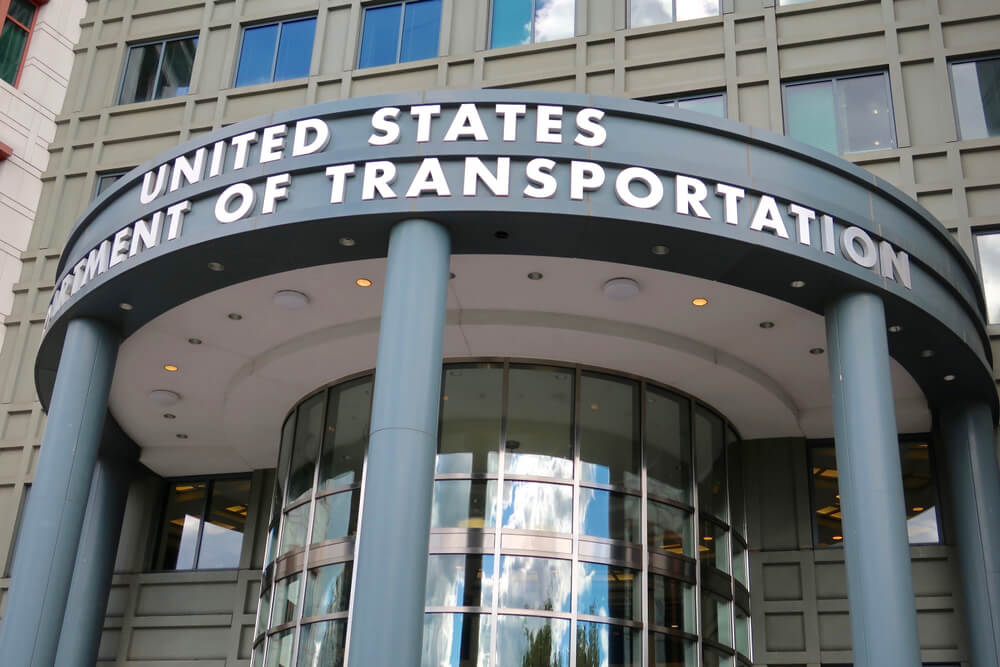
Competing information about U.S. truck driver demand may have recently been put to rest. After high-ranking government officials and truck industry leaders met to discuss increased driver retention.
In the waning months of the pandemic, the country experienced unanticipated inflation many blame on an inability to meet consumer supply and demand. Even though the men and women of the road never stopped rolling during the health crisis, there doesn’t seem to be enough qualified truckers to keep pace.
“Over the past 15 years, we’ve watched the shortage rise and fall with economic trends, but it ballooned last year to the highest level we’ve seen to date. The combination of a surging freight economy and carriers’ need for qualified drivers could severely disrupt the supply chain,” American Trucking Associations (ATA) chief economist Bob Costello reportedly said. “The increase in the driver shortage should be a warning to carriers, shippers, and policymakers because if conditions don’t change substantively, our industry could be short just over 100,000 drivers in five years and 160,000 drivers in 2028.”
Those who claim the driver shortage is nothing more than a myth may want to consider that Transportation Secretary Pete Buttigieg, Labor Secretary Marty Walsh, and FMCSA acting administrator Meera Joshi recently held a sit-down with industry leaders. Among the top-tier issues were recruiting new CDL professionals and retaining the ones already on the road.
“It strikes me that another way to think of it is something of a leaky bucket. And that no matter how many people we pour into the industry for a moment, it’s not going to do us much good unless the jobs are reliable enough, secure enough, and stable enough that people want to remain within the industry,” Buttigieg reportedly said. “And, hopefully, also stay with an individual employer long enough … to see some of the safety gains that we know correlate not only with time behind the wheel … but with time in a given organization.”
The FMCSA went on the record indicating that large OTR outfits experience upwards of 90 percent driver loss, compared to 72 percent by relatively small carriers. Among the primary issues raised was the fact that drivers are not necessarily getting compensated for all of their time away from home. As Owner-Operator Independent Drivers Association president Todd Spencer pointed out, the trucker lifestyle is not similar to clock-punching day jobs.
“I should point out that for a truck driver, this is not a 40-hour week. It’s generally 60, 70, 80 hours and sometimes more of actual work. And then there’s more time that goes along with it. So, yeah, it’s a very, very demanding job,” Spencer reportedly said. “And realistically, the economic rewards haven’t kept up for the last 40 years since our industry was deregulated.”
Although government officials and industry leaders may not have solved the escalating truck driver crisis in a single roundtable discussion, they drove two crucial points home. The truck driver shortage is no myth. And, things need to change if America is to maintain trucking supply chains that transport 70 percent of the country’s goods and materials.
“We need to improve the quality of existing trucking jobs,” Steve Viscelli, author of The Big Rig, Trucking and the Decline of the American Dream,” reportedly said. “We have to ensure that all driver time is counted and well-compensated and that drivers are properly classified. In the end, what we need to do is promote the retention of experienced, safe drivers.”
Source: fleetowner, npr











As a small fleet owner and a former driver, we do need to cater more to the drivers. They are just as important to us as our military whom we also supply. It’s not rocket science. Take care of your drivers!
After 27 years in the trucking industry , I can say driver appreciation is non existent.